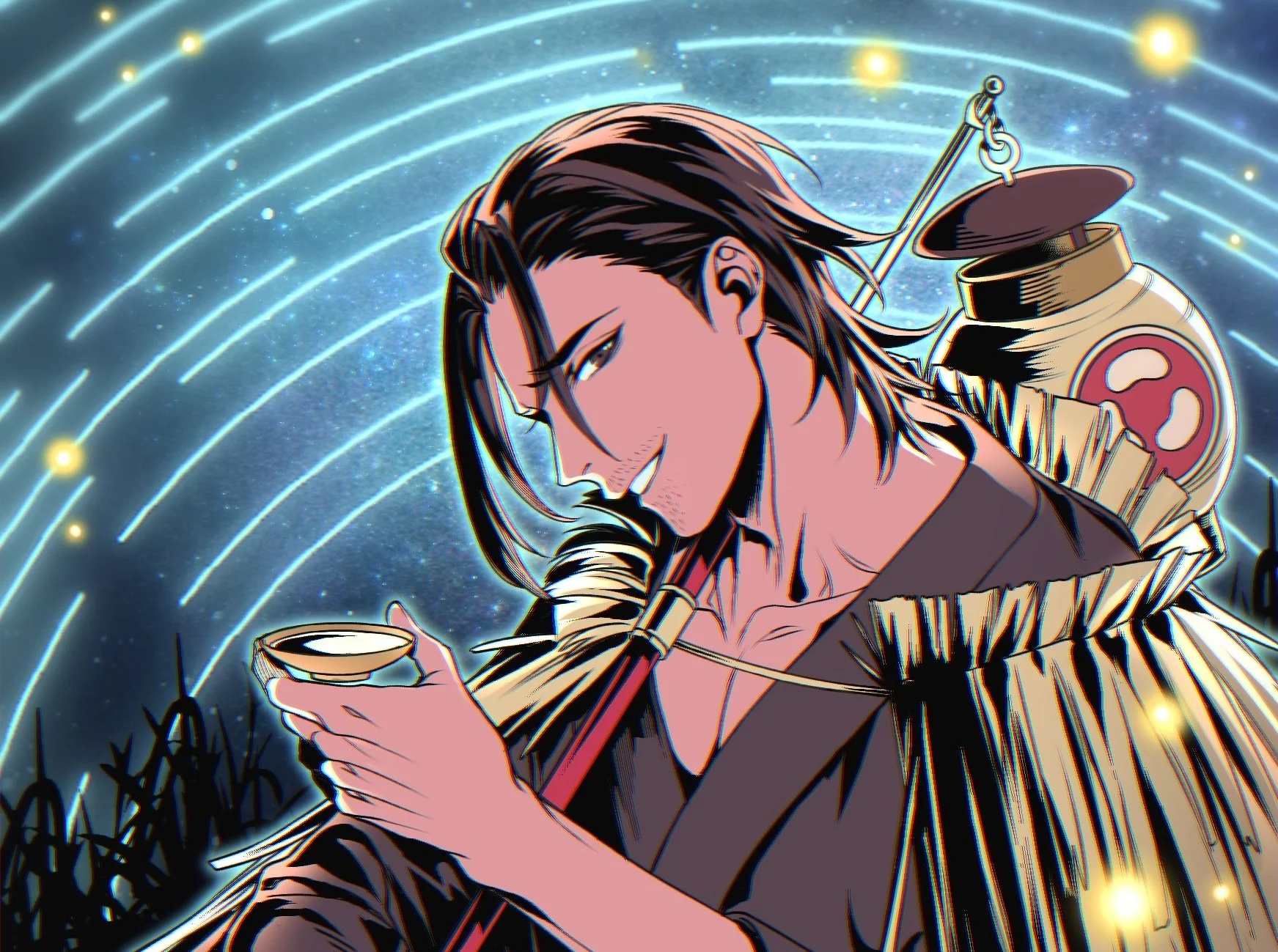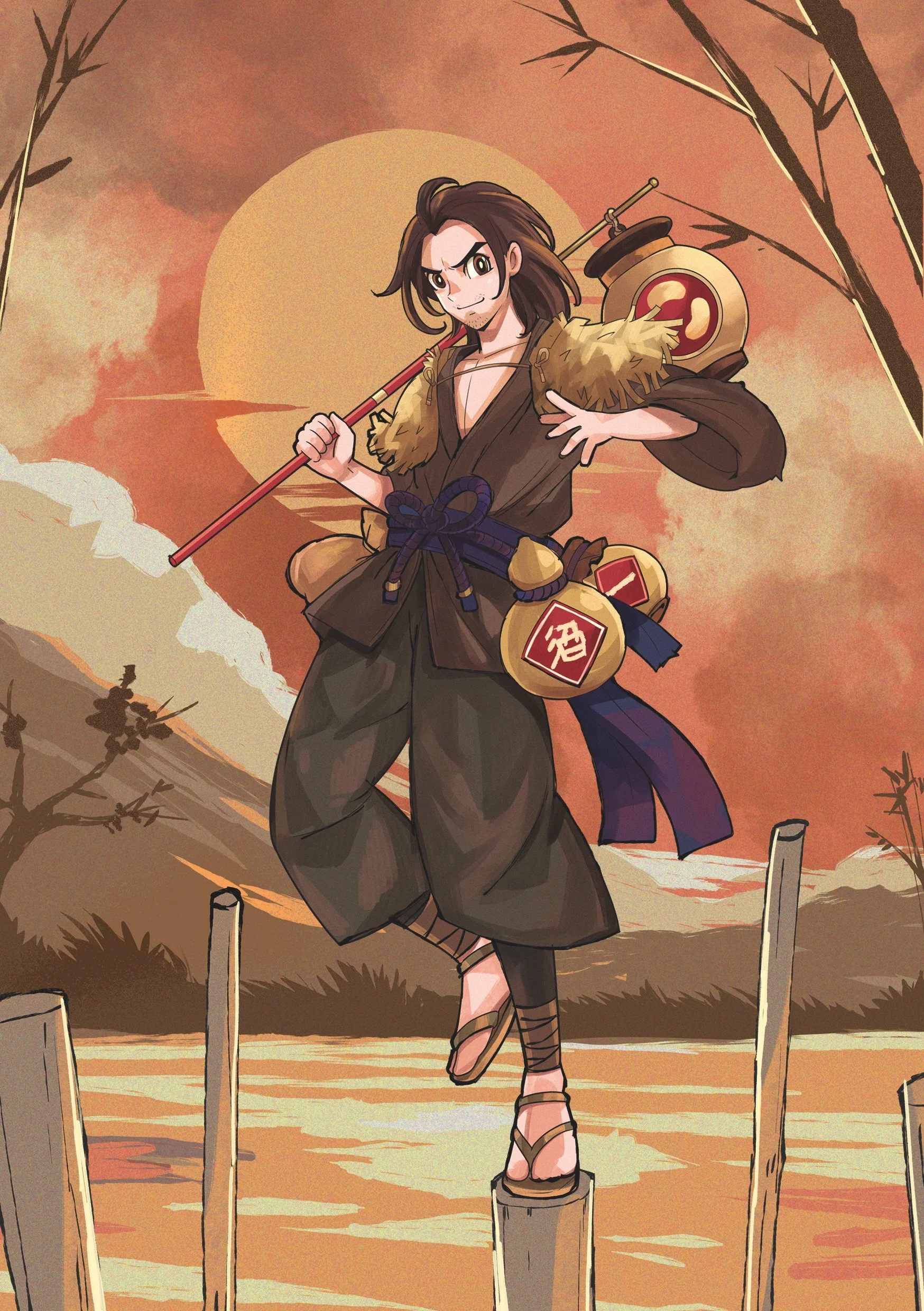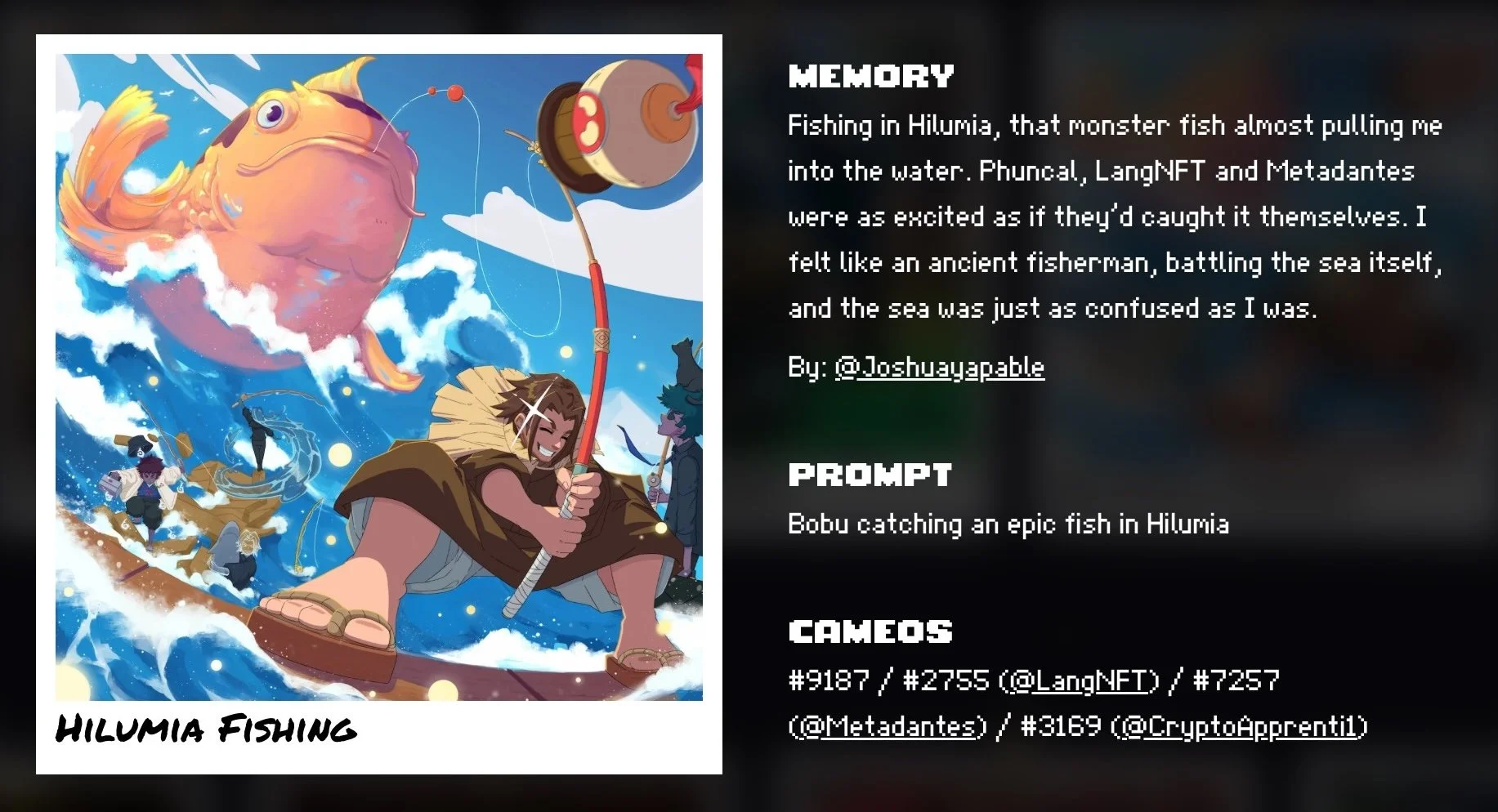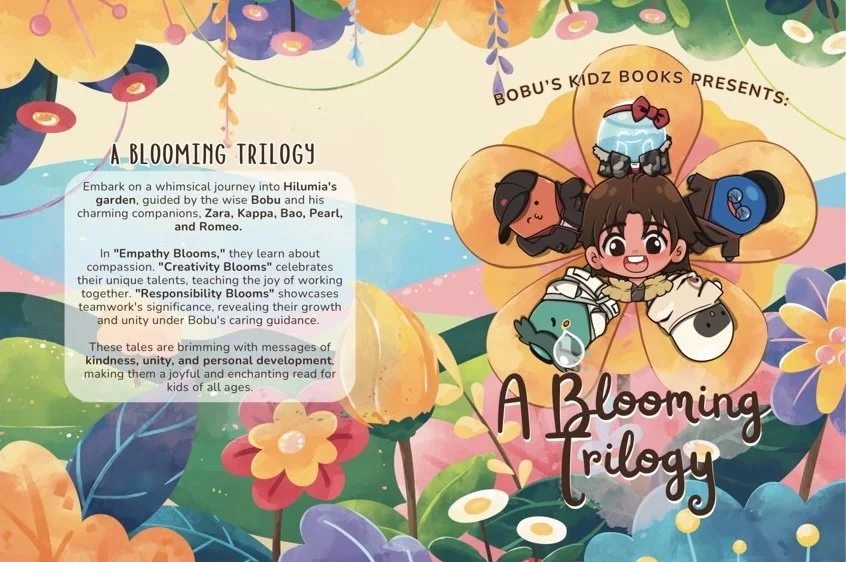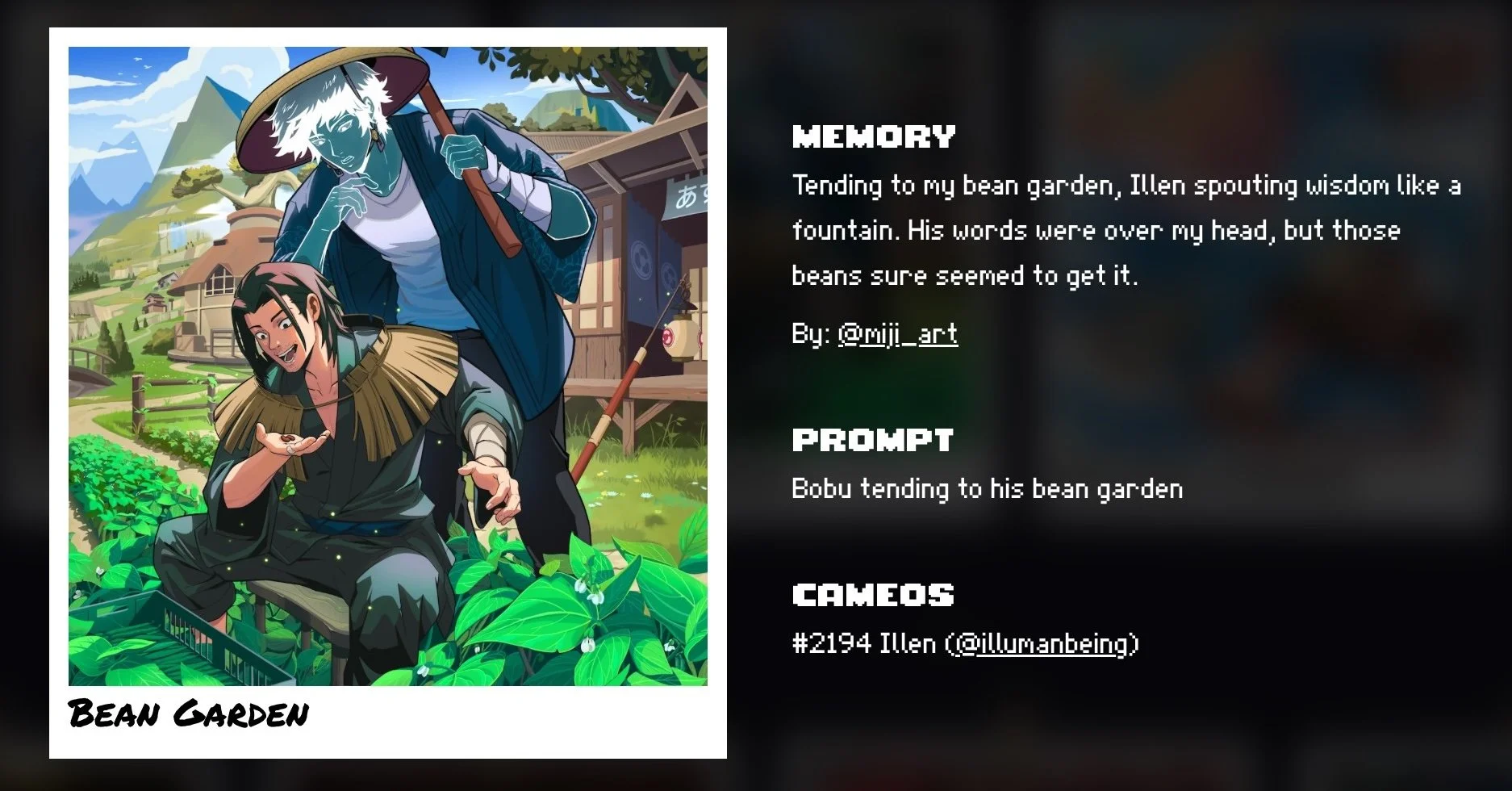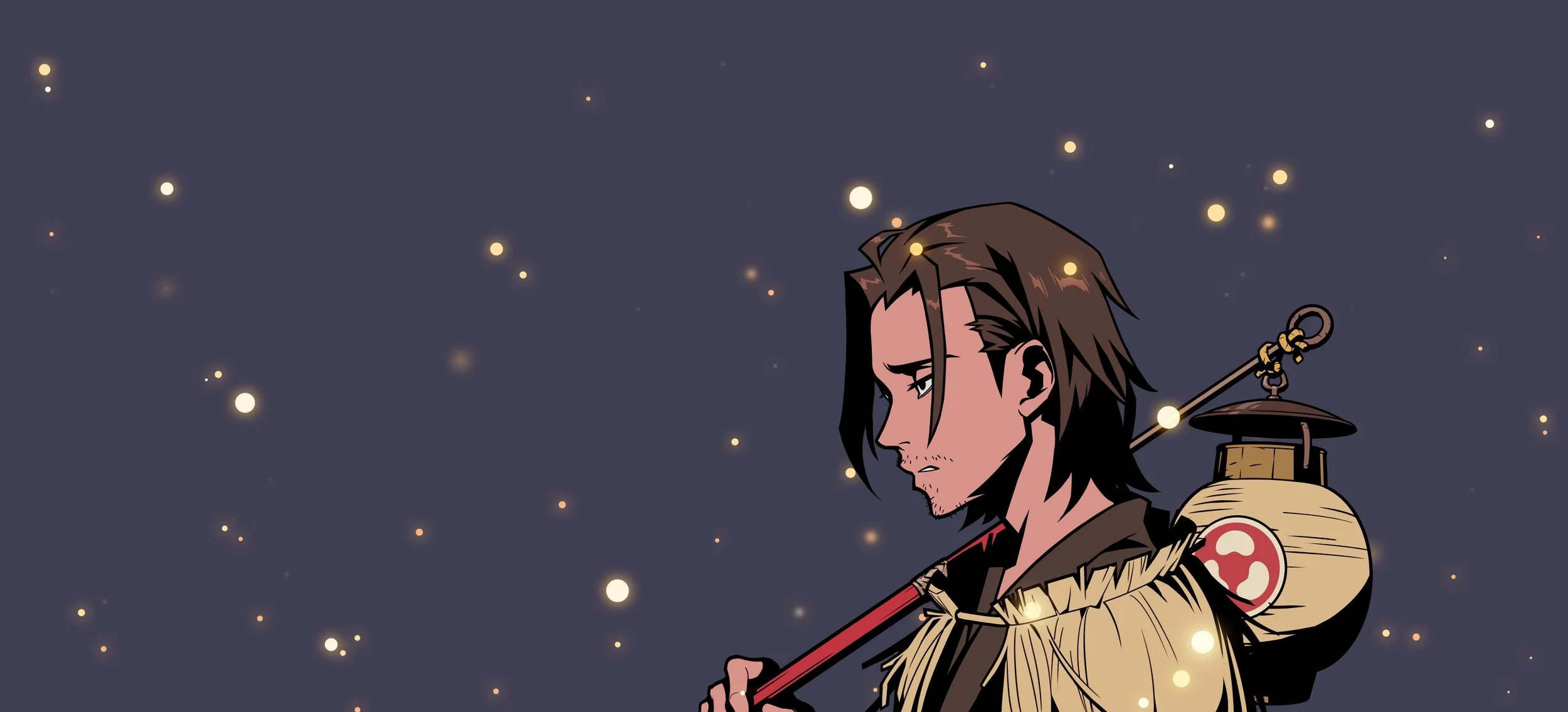The Fabled Rise of Our Fungible Hero: Bobu Revives Literary Tradition
Image credit: SUKI ZweeT*SM
Gone are the days of the solitary artist. Even the most isolated authors or directors rely on sprawling teams that finance, produce, and distribute their art. And that’s before getting into online communities, where fanfiction writers and independent creatives are free to reinvent existing stories and innovate without constraints.
In this brave new world of borderless creativity, what does it mean to participate in making art? I suspect I know what this new frontier looks like: allowing a character to be governed by a community that shares him.
Image credit: Swheatpong Sangpakdee (Swheatz)
Chiru Labs’ co-founder steamboy (whom gamers may know as Overwatch’s former character art director) illustrated the anime-inspired Web3 project called Azuki, a collection of 10,000 profile images, including Bobu (Azuki #40). In 2022, Bobu, a brown-haired bean farmer NFT, was offered to the community as a radical experiment in decentralized governance and creative collaboration. Suddenly, we could all take a stab at writing his story.
From the outset, Bobu was more than art. He was a test of what might happen if a character could be steered via community votes. His earliest decisions were delightfully chaotic: should the community order a bucket hat or a plushie? (Eventually, both—but I was always on team plushie). Should he be launched into orbit on a NASA rocket? (Yes—alongside a donation to STELLAR, a student research initiative partner). From space, Bobu transmitted his concerns about the dwindling saké supply and returned to Earth with one mission: to refill his cup.
In these interactions a personality emerged—not just a key figure in the Azuki universe, but a wandering, tipsy trickster with a talent for turning proposals into punchlines. What began as an experiment became something unprecedented: a fictional character whose evolution is guided through community suggestion, committee oversight, and on-chain voting.
Image credit: Bobu community
A personality emerged—not just a key figure in the Azuki universe, but a wandering, tipsy trickster with a talent for turning proposals into punchlines.
The early Bobuvian period (c. 2022–2024) saw a proliferation of primary source material across Twitter timelines and Discord channels. But Bobu’s narrative arc began with Polaroids. Or rather, po-LORE-oids.
These annotated images offered glimpses into Bobu’s daily life: candid stills, sly captions, and slurred wisdom from his field and beyond. They weren’t just memes, they were fragments of a mythos. He was always tired, usually tipsy, and frequently brilliant in unexpected ways.
Alongside the visuals, the Hilumia Herald—a satirical zine written by @jun_julyaugust—regularly features Bobu’s commentary. Though the Herald appears on no fixed schedule, readers came to expect Bobu’s appearances: sometimes absurd, sometimes heart-warming, always signature. In one edition, he offered romantic encouragement: ‘To Jessica, I say Wingardium leviosa, because Bobu lifts people up.’ In another he signs off, ‘I have a hot date with a delectable bottle, so toodles for now!’
Bobu’s artistic legacy is not serious. But it is real—and, if you like, you can play a part in it.
With Bobu Committee approval, the Storii Collective (@StoriiCo)—a guild of Azuki community writers—will launch Bobu’s Day Off, a choose-your-own-adventure manga, following Bobu’s escapades. This is what decentralized canonisation looks like.
Bobu’s Kidz Books
It was in this spirit that Bobu’s Kidz Books were born.
Wanting to gift something meaningful to my nieces, I searched for Azuki-themed children’s material and found none. So I proposed a new series starring Bobu as narrator and mentor, helping young beanz navigate emotional challenges with warmth, wisdom, and joy.
The result was Empathy Blooms, Creativity Blooms, and Responsibility Blooms—three stories featuring five Beanz learning life lessons with Bobu’s gentle encouragement. While known elsewhere for saké and chaos, here Bobu shows another side: thoughtful, playful, and profoundly kind.
Wanting to gift something meaningful to my nieces, I searched for Azuki-themed children’s material and found none.
Each book was dedicated to a child in my life: Cecilia, then aged twelve, who now reads them aloud to her younger siblings; Eleanor, five, my goddaughter, whose imagination lit up with Bobu’s adventures and who won a colouring contest to be included in the collectible opus; and Beau, my newborn nephew at the time of publication.
They didn’t demand the trappings that we expect, like buzzy blurbs, a big-name publisher’s logo, or other emblems that tie ownership of a story to a single author or corporation. All that mattered to them was the story in their hands, and the joy it provided.
Looking at how they’ve engaged with these books, it’s clear how much wiser they are. Children don’t need franchises licensed by legions of lawyers who work on behalf of corporate boards… that’s a system the industry created to make money. Just because we’re all used to seeing fiction cordoned off with velvet ropes doesn’t mean there’s an inherent reason it has to be so. The alternative—a form of creativity where the end product is a patchwork quilt, restricted by nothing except imagination and the amount of time you’re willing to contribute—is something children the world over understand instinctively in their hearts.
Even Charles Dickens modified his characters based on feedback from his readers.
Image credit: Bobu community
And so, Bobu’s world has become a sandbox for experimentation: books, merchandise, community initiatives, events, and now a print magazine.
I don’t blame you if you think this sounds a bit new-fangled. But many of the greatest stories in history evolved the same way Bobu has. Greek epic poems like the Iliad and Odyssey were perpetually adapted by poets and singers based on a particular audience or their own interpretation. Samuel Richardson, one of the world’s first novelists, was constantly in touch with fans and critics, weaving their ideas into his work. Even Charles Dickens modified his characters based on feedback from his readers.
These narratives didn’t gain traction because one person decided to spend millions on marketing, but because thousands of people over thousands of centuries participated in retelling them. These tales and fables, from Pandora’s Box to Cinderella, are cornerstones of our culture, and we pass them down each generation, reimagining them for new listeners. Crucially, they resist top-down control. Myths and folktales are as mutable as the archetypes populating them.
Bobu’s journey—authored by many, sanctioned by no singular entity—isn’t a break from literary tradition, but its logical extension.
Seen from this angle, Bobu’s journey—authored by many, sanctioned by no singular entity—isn’t a break from literary tradition, but its logical extension. It takes the audience participation that’s always been part of great storytelling and brings it to the forefront, shedding the corporate hierarchies that gatekeep the entertainment industries. Like Bobu himself, this project challenges the expected order of things, to thrilling effect.
Bobu is a great example of a character created by an American company, inspired by Japanese culture
Tricksters, fools, and sacred clowns have always operated on the margins. They mock order. They confuse the powerful. They make us laugh when we shouldn’t. And this helps us confront big themes in life, and digest them, from love to death to politics. Bobu may attract his modern audience by tackling contemporary conversations (like polyamory), yet he exists thanks to a process as old as time. We’re witnessing a myth in the making of our collective consciousness—by choice.
Art is in the books we write, the real-world adventures we share together, the mangazines we launch. It also exists in the moments when a creation escapes its assigned lane and becomes something shared, beloved, and strange.
Bobu’s artistic legacy is not serious. But it is real—and, if you like, you can play a part in it. So let the record show: Bobu, saké-sipping fool of the Hilumian realm, has achieved the improbable. He has gone from meme to myth, from pixel to page. Not only through curation, but also through the sheer chaos of belonging to many.
Long may he stumble—strategically.

